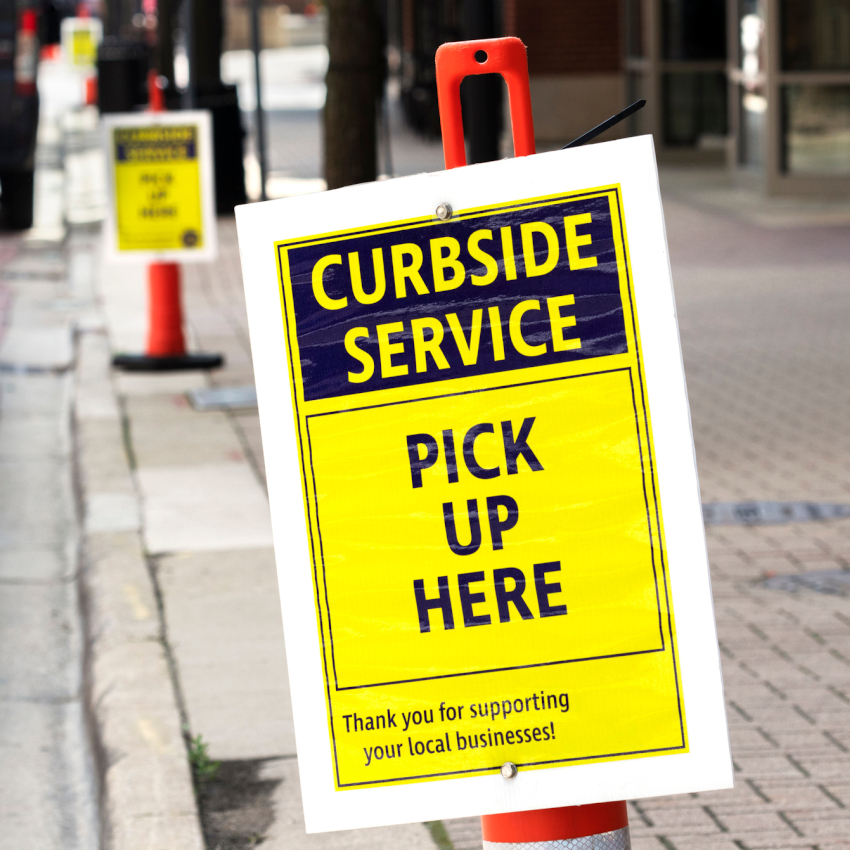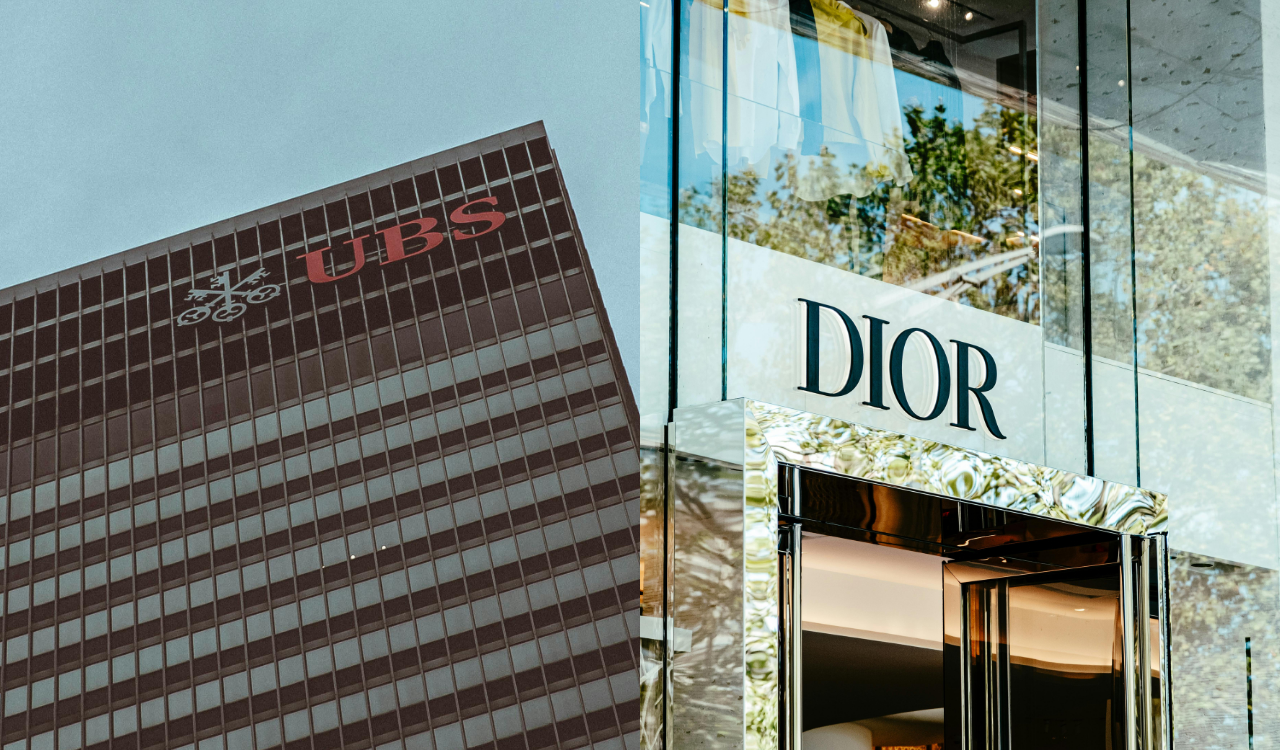Curbside pickup at many major retailers isn’t all it’s cracked up to be. Yet this hasn’t prevented customers from using the service during Covid-19. The allure of allegedly “contact-less” shopping is more than most can resist during a pandemic. In fact, the number of orders placed online and picked up at stores surged by 208 percent in April alone. But many retailers initially had to scramble to implement curbside pickup while being simultaneously understaffed, underfunded, and under inventoried; and this led to many a catastrophic pickup experience. The surge in BOPIS orders is here to stay. Even with many nonessential retailers reopened for business, BOPIS orders are still 275 percent higher than the pre-pandemic level.
You’d think grocery would have a leg-up on nonessential retailers, since 81 percent of grocers offered curbside pickup even prior to the pandemic. Yet grocers were unprepared for the surge in demand for contactless pickup and delivery that we’ve seen during the last six months.
Let’s talk about where retailers are going wrong with their curbside pickup rollout and discuss how these situations could be prevented in the future.
A Challenge for Mall-Based Retailers
You might think that curbside pickup would be an easy rollout for mall-based retailers. This is true for department stores, but it’s rarely the case for small chains. That’s because the ease of curbside pickup is largely dependent on the specifics of each retailer’s parking lot. Factors such as the size of the lot, where mall traffic enters and exits, and whether the lot is shared with other businesses can make or break the curbside pickup experience. Many small chain stores could only be accessed from within the mall, so providing curbside pickup hasn’t been an easy feat.
Employees aren’t always following safe delivery protocols. Some aren’t wearing masks, while others are popping their heads into customer’s driver seat windows to have a chat. In worst case scenarios, there’s nobody to answer the curbside pickup hotline and the customer has to go inside and wait in line to receive their order anyway.
While many malls, such as Brookfield Properties, have already launched curbside pick-up programs, it can be challenging to mitigate hourly traffic to smaller areas. In addition, each retailer is responsible for their own curbside delivery service, which can be a challenging feat with untrained retail employees. Brookfield Properties is also considering a “valet-like” contract service.
The issue there is that all retailers would operate on one ecosystem and individual stores could be held accountable for systemic failures. The necessary technology would also be complex: every store in the mall would have to be uploaded onto an online catalog that enabled real-time inventory and pickup updates. Not an easy feat. Especially at a time when mall tenants are strapped for discretionary funds to invest in the technology.
It Isn’t Always Contact-Free
Employees aren’t always following safe delivery protocols. Some aren’t wearing masks, while others are popping their heads into customer’s driver seat windows to have a chat. In worst-case scenarios, there’s nobody to answer the curbside pickup hotline and the customer has to go inside and wait in line to receive their order anyway. Delivery personnel need to be trained in contact-free delivery, so situations that compromise customer’s health don’t occur. There’s nothing worse than a customer waiting days and paying extra for “contact-free” curbside service just to have staff potentially expose them to the virus with haphazard delivery.
In today’s world, customers value retailers who take precautions to keep them safe. A recent Ipsos study found that 62 percent of customers would stop shopping at a retailer who they didn’t feel was taking the steps necessary to keep them safe from Covid infection. Suddenly retailers big and small are tasked with the responsibility of their customers’ health and safety, and few appear equipped to do so.
The World Health Organization warns that not only will coronavirus bounce back once the second wave begins to subside, but that this also this isn’t the last global health pandemic we will experience in our lifetime. More retailers will implement features like built-in, permanent drive-throughs for curbside pick-up orders. But as we adjust to the Post-Covid world, customers are getting less patient with retailers who aren’t taking their health concerns into account.
Department stores are leading the charge when it comes to rolling out initiatives to prevent pathogen spread. Social distancing stickers are the new norm. Walmart took things to the next level by adding morning curbside pickup hours for high-risk customers only, such as customers with disabilities and those over 60–– thus preventing exposure to swarming pedestrians and gridlock parking lot traffic.
Understaffed Stores Lead to Epic Fails
In the beginning, it was understandable that retailers were understaffed: store hours were cut, and some retail employees quit to be home with their families while others sought out jobs where they had less contact with the public. It made sense that so many retail stores were understaffed… at first.
At this point, we’re six months deep into a global health pandemic where millions lost their jobs. CNBC reports that we lost 6.7 million jobs between the months of June and July alone. So why aren’t retailers hiring the necessary flex hours to cover demand surges and curbside pickup?
It’s true that customers are a bit more forgiving during Covid. They expect to wait a little longer for their orders, for instance. They also realize that retailers may run out of high-demand items (hand sanitizer, anyone?). But this doesn’t mean retailers can just put up a few signs and then kick their feet up. Consumers are also making permanent changes to how they shop. Driven by factors such as availability, value, and convenience, over 75 percent of consumers have experimented with a new brand or store since lockdown.
Many retailers aren’t taking the necessary steps to create a safe, efficient curbside pickup experience. This may not impact sales right away––many immune-compromised or older consumers will shop where there’s curbside pickup out of necessity, even if they have a subpar time of it. But consumers will remember how they were treated during Covid when stores re-open and, at that point, they will gravitate to retailers that were respectful during the crisis.





